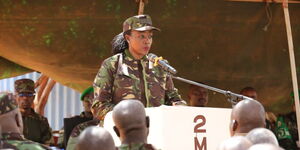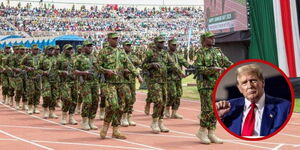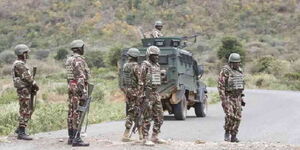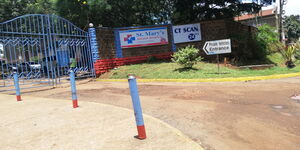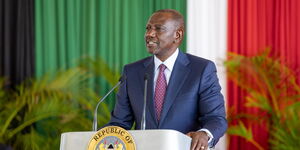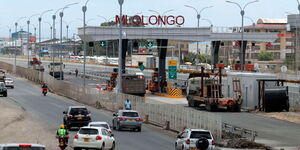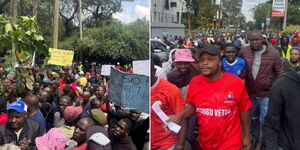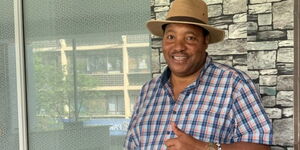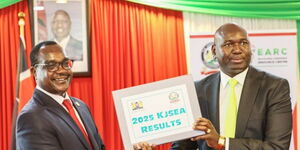A Kenyan man, John Mweha, has petitioned the government to relocate the remains of Kenya's founding President Jomo Kenyatta, from the Parliament buildings to his ancestral home in Gatundu.
In a letter addressed to the Ministry of Gender, Culture, the Arts and Heritage on July 29, Mweha raised concerns that the location where the body lies is symbolically and constitutionally reserved for the legislative arm of government and might not reflect the traditional African values.
As such, he called on the government to initiate a process to relocate the remains to Gatundu, outlining a series of rationales behind his petition.
"This is a sincere, non-partisan appeal to the Government to initiate a dignified, consultative, and culturally sensitive process for the relocation of the remains of the late Mzee Jomo Kenyatta, the Founding Father and First President of the Republic of Kenya, from Parliament Grounds in Nairobi to his ancestral home in Gatundu, Kiambu County," part of the statement read.
The petitioner listed several arguments to file his petition, including honouring a probable wish. He claimed that, although not formally documented, it is widely believed that Mzee Kenyatta would have preferred to be buried in his ancestral land.
He further highlighted that being buried in one’s ancestral homeland is essential in African traditions for spiritual peace and generational continuity; thus, relocating Kenyatta's remains to Gatundu would reflect the country's cultural reverence and promote a sense of rootedness among citizens.
Keeping on with the traditional theme, he argued that in many African communities, failure to observe ancestral burial traditions for elders is believed to bring misfortune or unrest.
Additionally, he claimed that moving the remains to Gatundu would be a meaningful step in promoting the spirit of devolution.
In the same vein, he said that Gatundu would benefit from the development of a formal national memorial, offering educational, cultural, and economic opportunities to the region and the country at large.
Lastly, he claimed, "This relocation would send a powerful signal of respect for tradition, dignity for our founding father, and a commitment to national healing and intergenerational reconciliation."
He therefore called on the Ministry to convene a multi-stakeholder national consultative forum with representatives from the Kenyatta family, the Parliamentary Service Commission, religious and cultural leaders, the National Museums of Kenya, the Ministry of Interior and National Administration, councils of elders and traditional custodians and public representatives to consider the relocation process.
Additionally, he called for the commissioning of an independent review, the development of a public engagement framework, and the establishment of a national heritage and memorial site in Gatundu.
The Constitution does not explicitly outline where a fallen President should be buried, except that they should receive a State funeral.
However, Kenyatta was buried at Parliament Buildings as a way to honour his legacy as the first President of Kenya and to symbolise the nation's independence. The Jomo Kenyatta Mausoleum, where he is buried, signifies his central role in Kenya's political landscape.
After serving the republic for over a decade, Kenyatta passed away on August 22, 1978. Although it is widely believed his family wanted him to be buried in Gatundu, he was ultimately laid to rest at the Parliament grounds.
His mausoleum is heavily guarded and not open to the public, although a petition has previously been tabled in Parliament to allow this.

